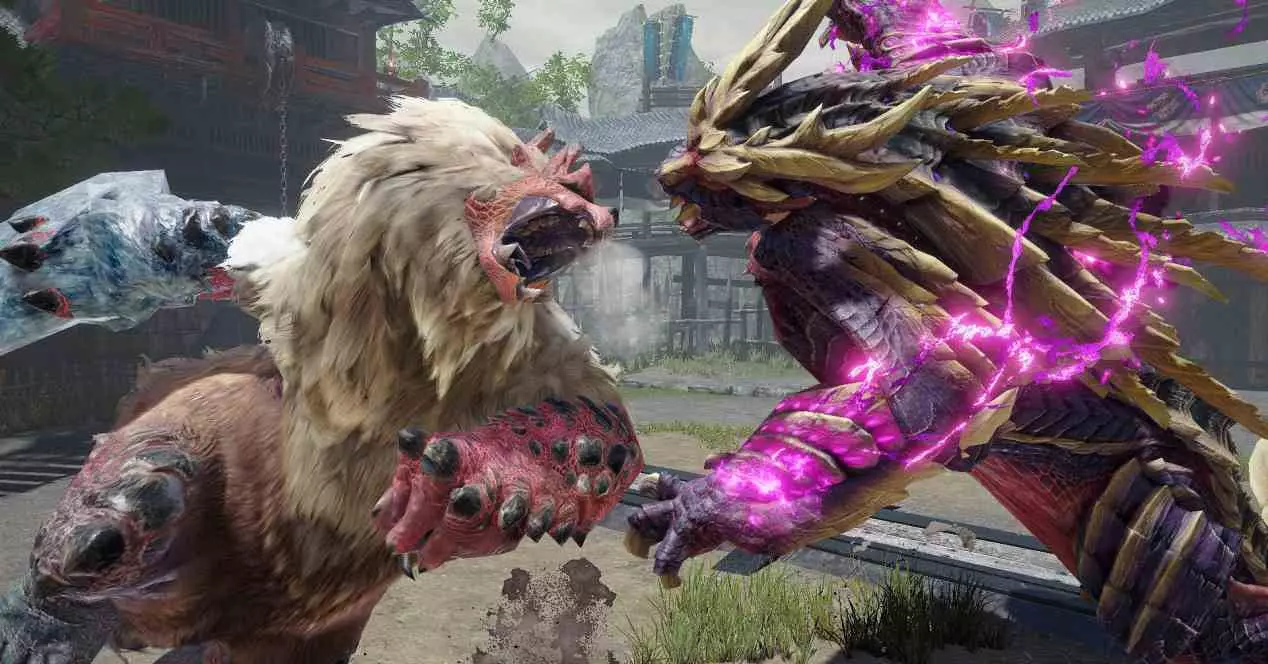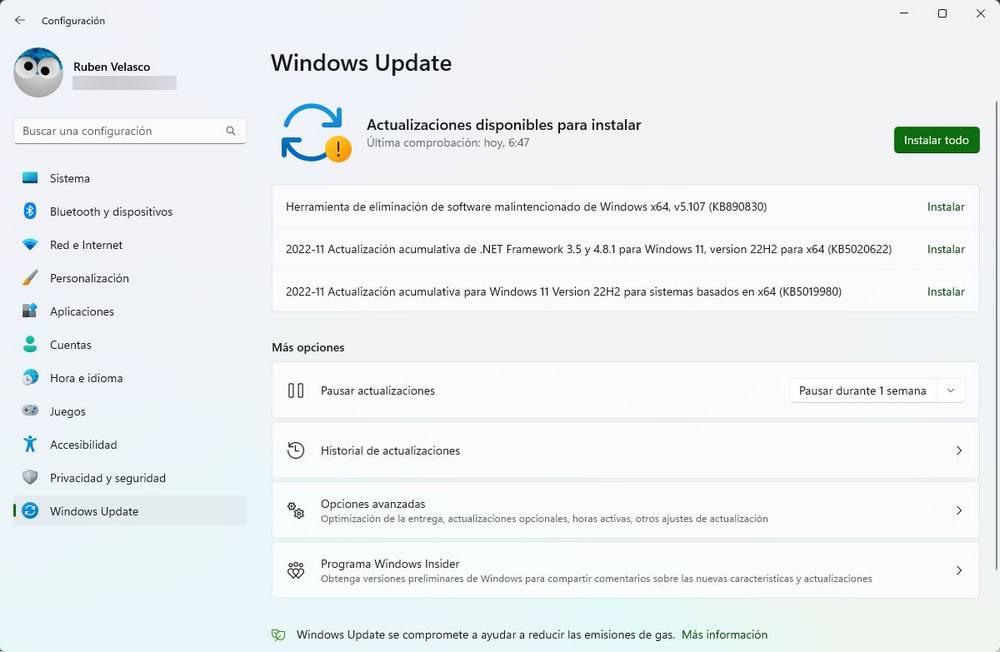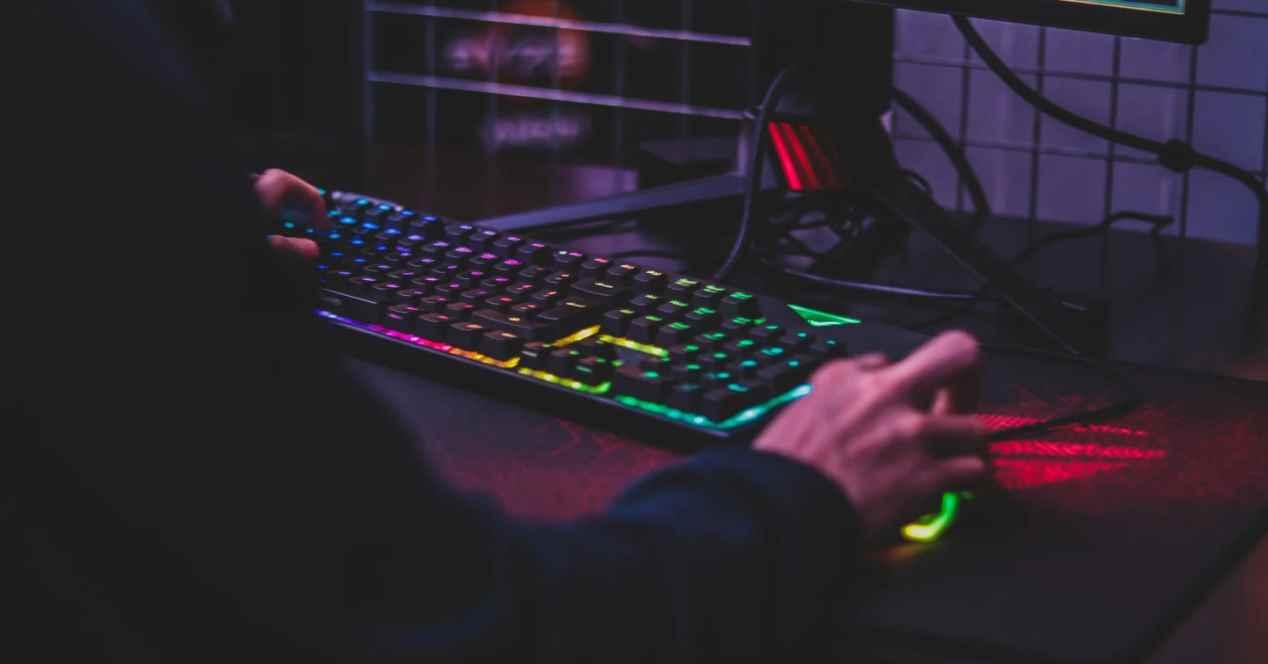
DLSS promises to generate images at higher output resolution without deteriorating their quality in the process. Its clearest consequence? Get more frames per second in games that are supported. However, sometimes its use has unexpected consequences. Which leads to unexpected results where NVIDIA’s technique is not the best answer. One of the cases that is causing the most talk in the community are the unexpected DLSS effects for Monster Hunter Rise in its version for PC.
Image scaling techniques where the aim is to reconstruct the same image with more points on the screen have a problem, parts of the image are generated where their color value is not known, so they have to be guessed. AI-based techniques like NVIDIA’s DLSS are based on the same principle as learning to paint a picture from memory. Through trial and error, the machine learns to see the different blocks and make increasingly accurate reconstructions. However, its predictions are not always accurate, since they depend on a series of data that are key to the correct generation of the frame.
Monster Hunter Rise loses visual detail when using DLSS
Several users, when playing the conversion of the Capcom game for the Nintendo Switch, have observed how when reconstructing the image at a higher resolution in Monster Hunter Rise via DLSS detail is lost. As you can see in the image below, it is the fur of the different characters in the game, as well as that of the monsters, that is most affected by it.
The reason for this is that instead of using vertices to model the fur of the different characters, which ise uses is a Fur Shading based techniquewhich is a teaartistic technique that combines shadows and transparencyyes Since the Nintendo Switch is a portable console with less powerful graphics even than today’s integrated graphics, today its programmers used this technique to skin monsters for power issues. Which has a visually correct effect in the eyes of the end user.
Because NVIDIA’s technique takes into account the displacement vectors for each vertex in the scene and the hair is not based on them, the problem occurs. Namely, when applying DLSS to Monster Hunter Rise he interprets it as a texture and not as a geometric element. causing a unwanted loss of detail in the process or rather that the higher resolution image is not entirely reliable. In any case, we are facing a game thatIt requires very little machine to work and if you have a good enough graphics card you can run it without using this type of technique at native resolution and above 60 FPS. For example, gaming in Full HD on a GTX 1060 runs at 90 FPS on average.




